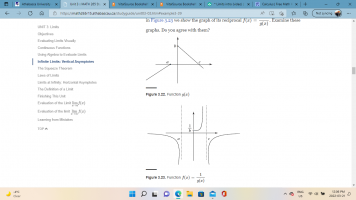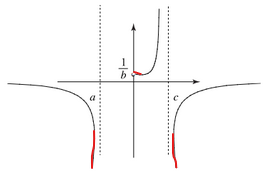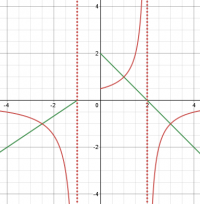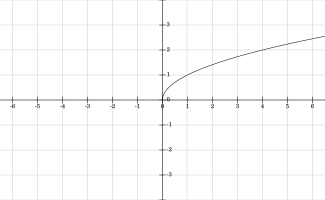ScienceJen
New member
- Joined
- Mar 21, 2022
- Messages
- 40
Hi there,
I'm taking calculus because it is mandatory for my Bachelor of Science and I'm learning through an online university. Math has never been my strong suit and there are many concepts I'm having trouble wrapping my head around.
Can someone please explain to me why the reciprocal graph looks the way it does? I especially don't understand the 1/b line - isn't the shape of that the same as graphing the function of a square root?

Thank you,
Jen
I'm taking calculus because it is mandatory for my Bachelor of Science and I'm learning through an online university. Math has never been my strong suit and there are many concepts I'm having trouble wrapping my head around.
Can someone please explain to me why the reciprocal graph looks the way it does? I especially don't understand the 1/b line - isn't the shape of that the same as graphing the function of a square root?

Thank you,
Jen



